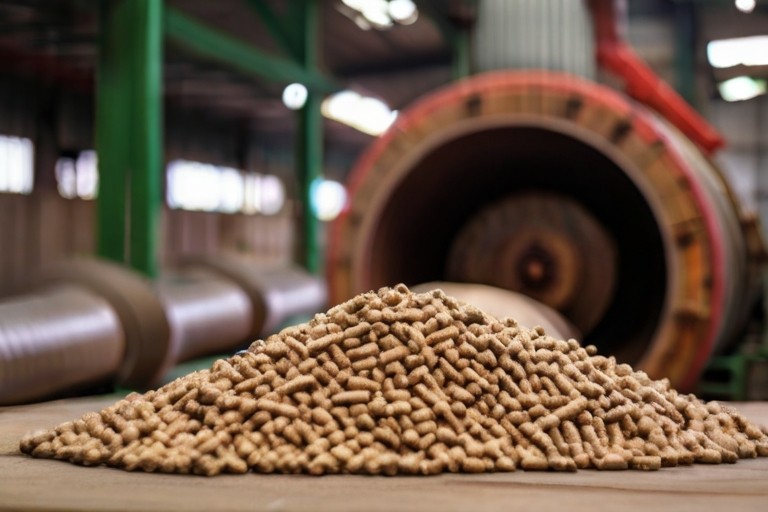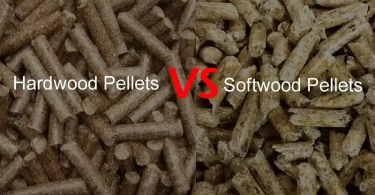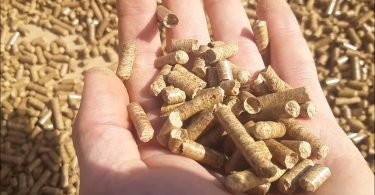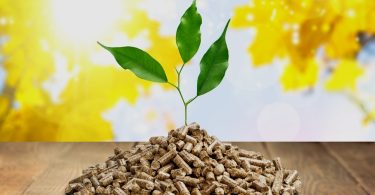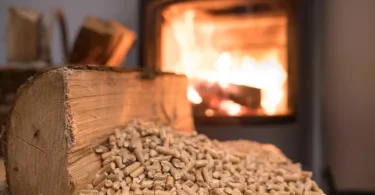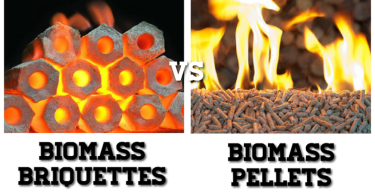Wood pellets are a major source of fuel and are essentially biofuels. Over the years, many residential and industrial sectors have started relying on these pellets for their fuel. They have begun opting for boilers, pellet stoves, and the like in place of the standard wood-firing equipment.
One major advantage of wood pellets is their high efficiency. Another key highlight is their clean burning nature resulting in minimal residue left behind, making the cleaning process after use an easy task. There are many other reasons why wood pellets score over traditional firewood. Some of them are given below.
- Wood pellets have very low ash and moisture when compared to firewood log and wood chips. They get burned completely in the process of getting converted to heat.
- The pellets can be stored easily. The pellet bags can be stacked one on top of the other and can be stored in confined spaces.
- Wood pellets are produced locally and hence they provide job opportunities, which in turn support local economies.
- Wood pellets are renewable and hence an unlimited source of fuel.
Raw Materials for Wood Pellets
Wood pellets are primarily recycled wood waste. Most often, these include wood shavings and residuals left behind after the sawmilling process. Highly concentrated compressed and dried wood fiber are used to manufacture the wood pellets. Also wood waste tends to have a lot of impurities in them. They are subject to a rigorous cleaning process to get rid of these foreign agents before they are processed further.
The pellets are manufactured using hardwood or softwood. Both types of wood pellets have the same density although hardwood has a higher density than softwood. Moreover, wood pellets made from hardwood have a longer burning period than softwood.
There are two grades of wood pellets – premium and standard. Premium pellets are unadulterated without bark or any other additives and feature less moisture content than standard pellets. They also burn more easily. As the name indicates, premium pellets are usually pricier than standard pellets. There are also instances where the number of pellets needed for the heating process is lesser when premium wood pellets are used.
It is important to ensure that the raw materials used to manufacture the wood pellets have minimum moisture content. This helps them to burn effectively.
Wood Drying Process
More often than not, the sourced wood waste is damp with a high rate of moisture content. The next step after removing the impurities is to subject them to a drying process so that the moisture gets removed. Ideally, the moisture content in wood pellets should be between 10% and 12%.
Special machines are deployed for the drying process and the wood fiber is subject to a heat treatment. Often rotary drum dryers or suspension dryers are used for this purpose. Rotary drum dryers are easy to operate and are relatively inexpensive. The wood waste is placed in a drum and is exposed to currents of hot air. Sometimes, hot combustion gases are used for the drying process. On the other hand, suspension dryers are ideal when space is a constraint. The temperature setting in the dryer depends on the time required for drying.
In some cases, steam dryers are used because of their higher drying rate when compared to gas and air dryers. Moreover, there is no threat of fire accidents or explosions with these dryers.
When the wood is dried well, the burn is better and uniform. As a result, there is less smoke and a cleaner environment when the wood pellets are used as a fuel.
Pellet Formation
The dried wood is then treated to a grinding action using hammer mills. This ensures that the wood is broken down into small pieces of uniform size. Grinding machines have a crushing function for the breaking action.
In a hammer mill, the dried wood is fed into a feeding hopper from where they are guided to the hammer chamber. Here, the raw material is continuously shredded and chipped into powder by blades that rotate at high speed under centrifugal force. If the material is dense and large with more than 50 mm diameter, it is passed through a chipper before loading into a hammer mill.
The powder is then compressed by a roller against a die with several small holes in it. High temperature and pressure are applied when the powder is squeezed through the holes. As a result, the powder solidifies into pellets that are held together by lignin, a substance that is already present in the wood and acts as a binder.
Finally, before the pellets are removed from the die, they are cut into a predefined and uniform size using a blade. The pellets need to have a consistent size as this can make them burn uniformly. Moreover, pellets with uniform size and shape can be stored and transported easily.
Cooling and Hardening
This is another important step in the pellet manufacturing process. When the pellets are out of the mill, they have a temperature ranging between 200 °F and 250 °F. This means they are hard and brittle, causing them to get distorted and break easily.
The pellets are then transferred to a cooling tower or pellet chiller or cooler so that their ideal temperature and firmness are reached. The three commonly used types of coolers are the vertical cooler, the horizontal cooler, and the counterflow cooler. The pellets are placed in a metal bin in the cooler and air is blown through them. As they get cool, they dry up and harden to retain their shape and size.
Quality Control and Packing
The pellets undergo a final quality check before they are packed for use. During this check, the pallets are carefully sifted or sieved. Broken pieces, dust, and other such waste are removed and only high-quality pellets are retained. These pellets are then packed into bags that indicate the pellet type, their heat content, and grade. Sometimes, the bags have tiny holes called bag vents on their sides to prevent moisture formation inside the bags because of any leftover warmth.
Wood pellet manufacturing is not a very complicated process. However, its importance cannot be undermined as it helps to transform wood waste into a sustainable and efficient fuel. Added to this, the fact that wood pellets are easy to use and have various environmental benefits make them the right choice for those who are looking for a renewable heating option.

